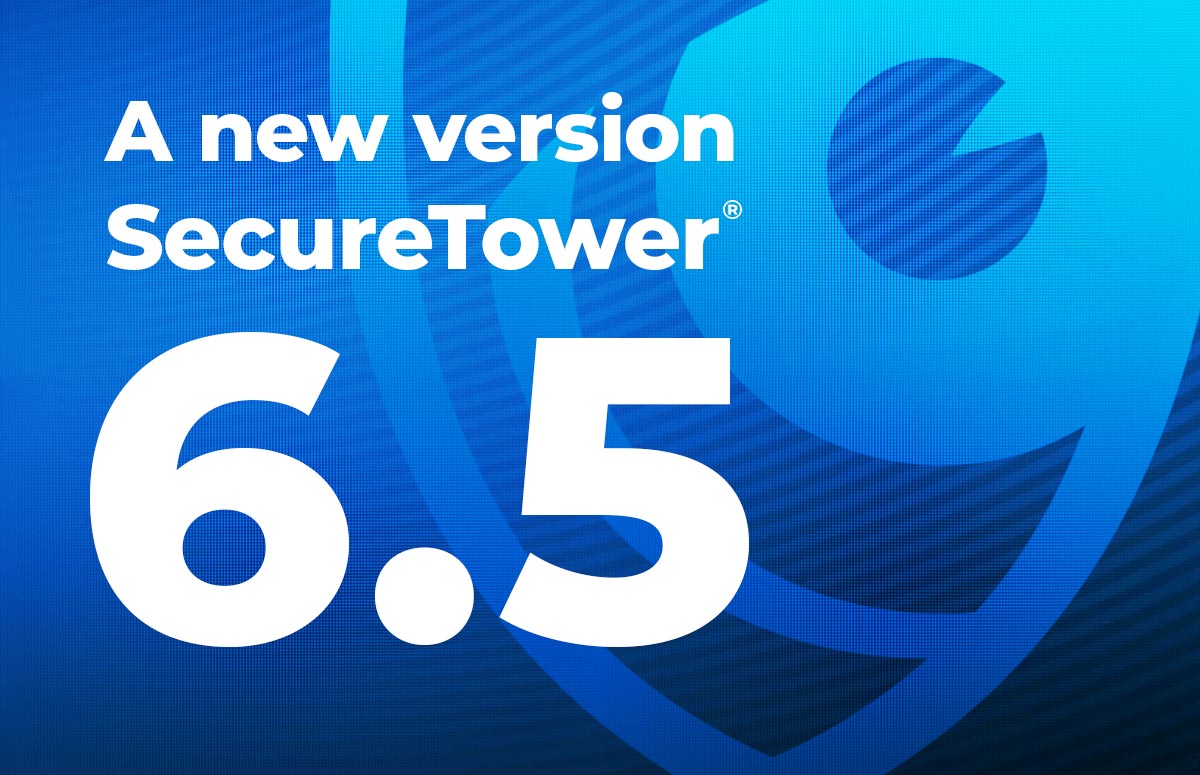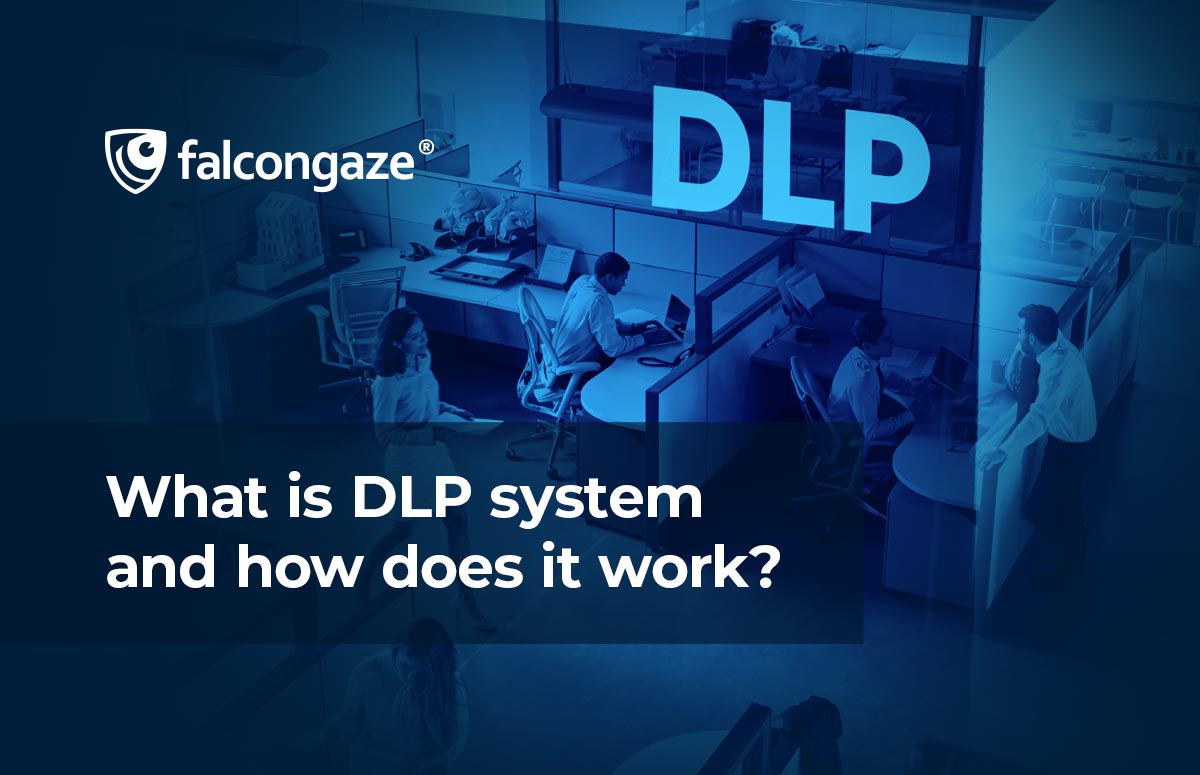SecureTower – transliterated content analysis
The new version of SecureTower, a cutting-edge software system for protection against confidential data leaks, features a capability to control text data, fully or partially transliterated from Cyrillic to Latin alphabet. Besides, further improvements have been introduced to the mechanism of data export from the system for a more detailed examination by security officers.
SecureTower system employs various methods of data analysis based on content, attributes and statistics. Content analysis includes monitoring by keywords and phrases allowing for Russian morphology, by regular expressions, by digital fingerprints of documents and databases. For more efficient control capabilities, a new feature has been implemented to analyze text containing transliterated words or symbols, which alongside with the fuzzy search function allows minimizing the likelihood of uncontrolled transfer of confidential information within an enterprise network and to the outside.
It should be noted that SecureTower checks all data for compliance with security policies based on both strict and loose transliteration rules, i.e. the system uses several different transliteration methods to improve its performance. Even if only some of the letters in a Cyrillic word are replaced with similar ones from the Latin alphabet, the system will not be cheated.
To improve user experience when studying incident data obtained from SecureTower, a feature has been added for IM conversation export into an RTF document or its direct printout in a user-friendly format containing statistical data and additional information. Besides, the system now allows exporting all screenshots taken during the day on a specific user’s computer in just a single click.
Enhancements and improvements of content analysis methods by SecureTower enable its users to increase the level of control over data leakages and thus protect their confidential information more reliably.








.png)





